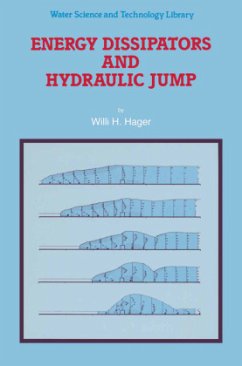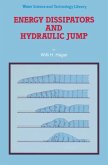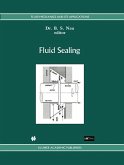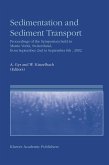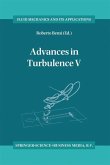Stilling basins utili z ing a hydraulic jump for energy dissipation are w i d e l y used in hydraulic engineering . D a Vinci was the first to describe the hydraulic jump, and Bidone conducted classical experiments about 170 years ago . Stilling basins w e r e developed in the thirties with signif- cant design improvements being made during the last sixty years . Although w e l l - a c c e p t e d guidelines for a successful design are presently available, the information for the design of such dissipators is not yet compiled in book form . This book provides state-of-the-art information on hydraulic jumps and associat ed stilling basins . A large numbe r of papers on the to pics are reviewed. T h e present trends of the art of designing a stilli ng basin are discussed and ideas for future research are outlined. Design criteria and recommendat ions are frequently given . However, this should not be considered as a r eady-to -use guideline since the design of an effective stillingbasin is much more comple x than following general design steps . The book is divided into two parts. Part 1 on hydraulic jumps is c- prised of chapters 2 to 5. Part 2 consisting of chapters 6 to 14 deals with various hydraulic structures used to dissipate energy. The lists of notation and references are provided in each part separately although the same notation is u sed throughout.
'...the book clearly will be valuable to anyone involved in such design...it is of wider interest to fluid dynamicists as a guide to a substantial body of experimental work, and a reminder that for flows we are still a long way from reducing their study to analysis and computation.' Journal Fluid Mech. 247 (1993)
'...the book clearly will be valuable to anyone involved in such design...it is of wider interest to fluid dynamicists as a guide to a substantial body of experimental work, and a reminder that for flows we are still a long way from reducing their study to analysis and computation.' Journal Fluid Mech. 247 (1993)

